Building the ideal city at the height of the Renaissance was an ambitious project, to say the least, although the great passion for the arts and the high intellectual knowledge of one man, one of the greatest patrons of his time, had made this dream possible, in Pienza. It is February 1459 and, on a journey from Rome to Mantua, Pope Pius II, born Enea Silvio Piccolomini (Corsignano, 1405 - Ancona, 1464), passed through the village that had given him birth more fifty years earlier, Corsignano, an ancient village in the Val d’Orcia, and saw it in such a distressed and above all architecturally confusing condition that he decided to make his birthplace a modern town, with the help of two of the best architects of the time: Bernardo Rossellino and his master Leon Battista Alberti. In fact, already with him on that journey from the papal city to Mantua, where he himself had convened the famous council with the goal that all the sovereigns of Europe would unite against the Ottomans who had taken Constantinople in 1453, in an expedition against the common enemy of Christendom, were the two architects.
Pius II often surrounded himself with the cultural figures of his time, including artists, architects, and men of letters, given his strong predilection for humanistic culture, which was innate in him and cultivated not only during his pontificate, but also in his previous “life,” before he ascended the papal throne: he loved to read, write, travel, and learn. He was, so to speak, a pope out of the ordinary, since he embarked on an ecclesiastical career at anything but a young age, as was usually the case in the more illustrious families (the Medici family is an emblematic example), which saw an ecclesiastical career as an entrance into the great world of power, especially if it then resulted in its culmination, the pontificate. Contrary to custom, Aeneas Silvius Piccolomini independently decided to devote himself to religious life at a mature age: he was ordained a priest at the age of forty, then quickly became bishop of Trieste in 1447, bishop of Siena in 1449, cardinal in 1456, and two years later ascended to the papal throne with the name Pius II. The choice of this name was due in part to the reference to his predecessor Pius I, but more importantly to the learned reference to the Aeneid, to that “pius Aeneas” protagonist of the Virgilian poem, bearer of supreme religious and moral virtues, whom the newly appointed pontiff knew very well. With this name he thus wished to pay homage to humanistic literature and culture, binding them closely forever to himself. And he did the same with his native village, Corsignano, transformed into the ideal city of the Renaissance, to which he gave the name Pienza, thus literally the city of Pius.
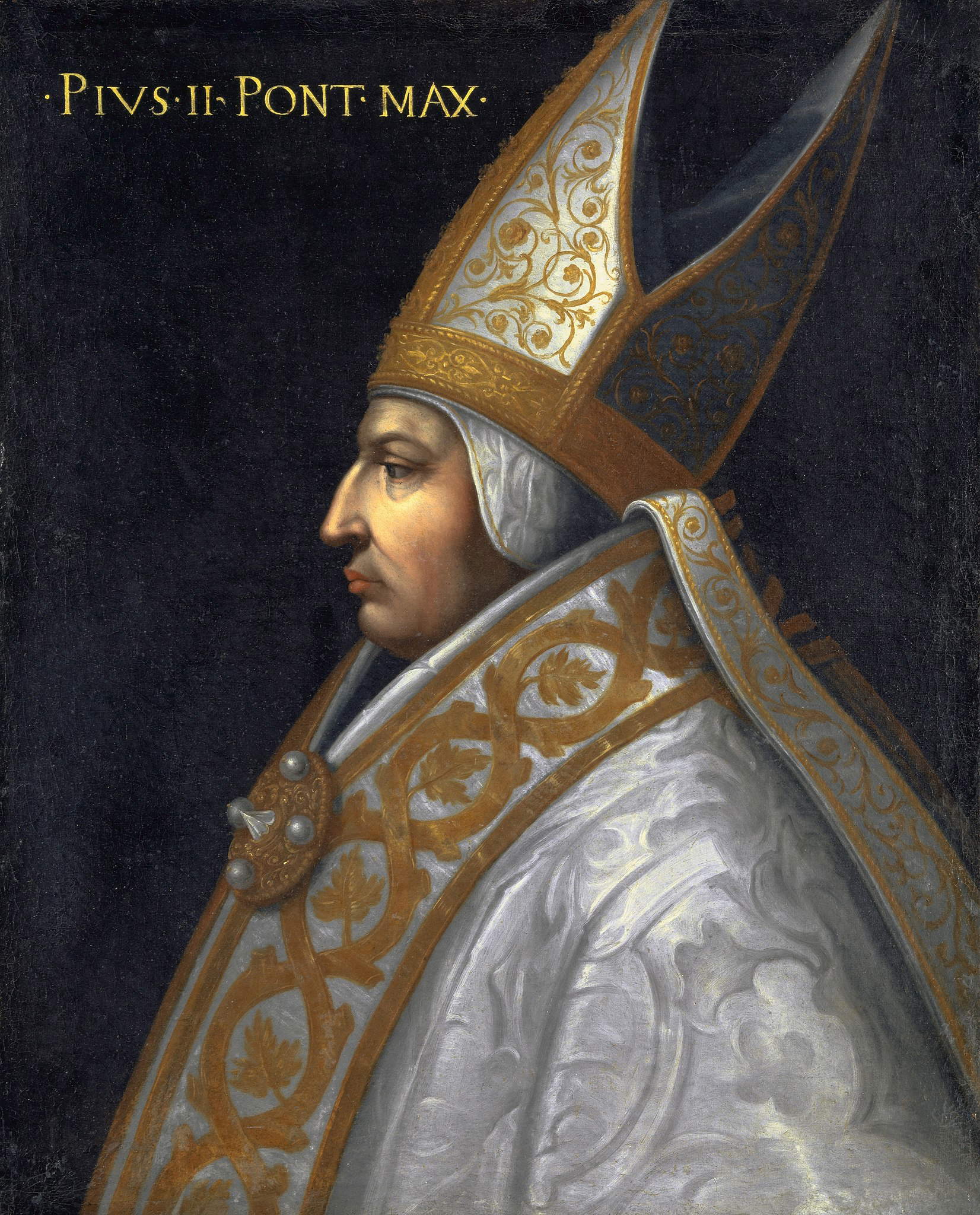
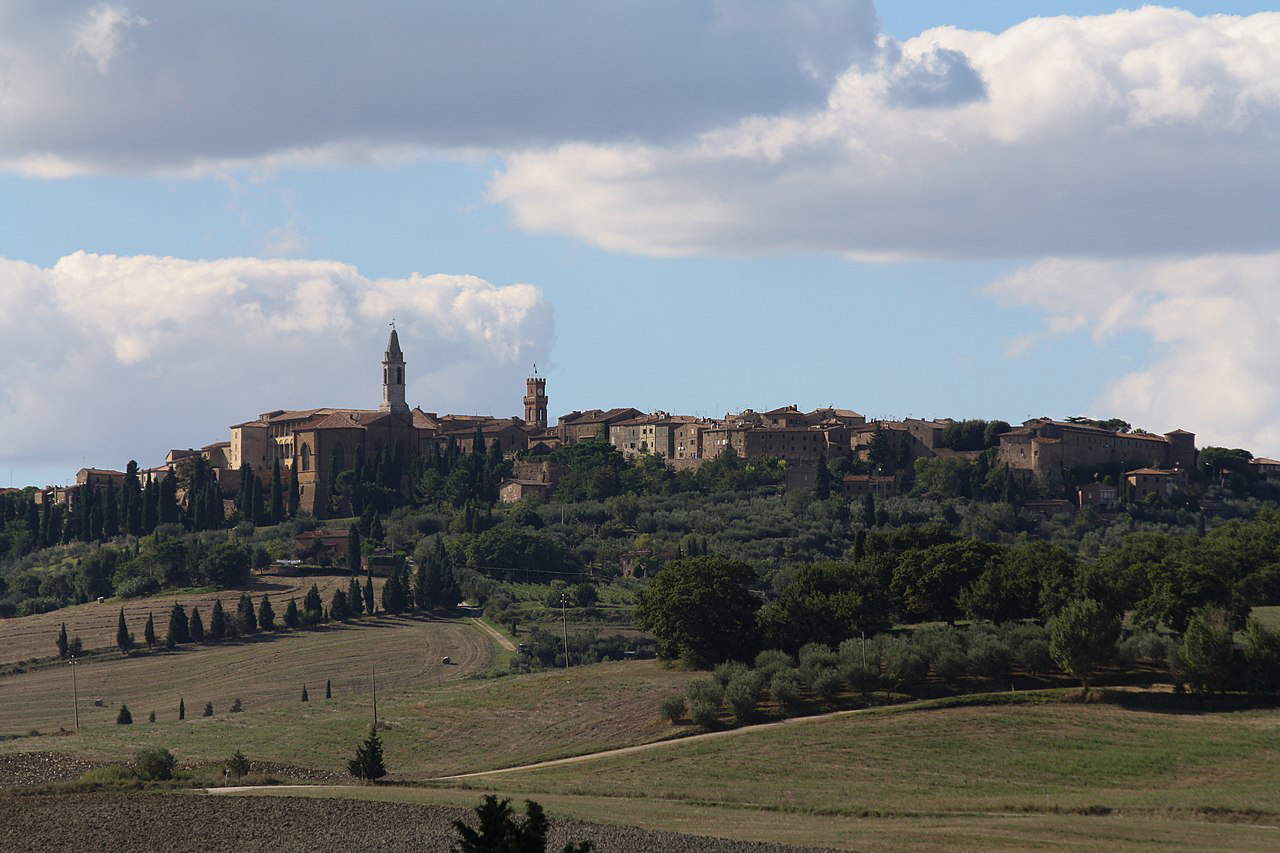
Aeneas Silvio Piccolomini belonged to an important Sienese family that had long since fallen into decline, his ancestors were considered members of one of the four most important families in Siena; he was the son of Silvio Piccolomini, who, when in 1404 Siena rebelled to Milanese control and the government of the Nine was formed, in which the nobles no longer took part, decided to leave the city to settle on a property he owned in Corsignano, where he took on almost all the work in the fields, and Vittoria Forteguerri, who belonged to the noble and fallen family of Pistoian origin. Of Aeneas’ life in the ancient village, where he spent his first eighteen years of existence, not much is known. What is known, however, is that his intelligence did not go unnoticed by either his father or the parish priest, and that he showed memory and readiness in learning the first notions of grammar; although he was forced by necessity to the work of the fields, Aeneas devoted himself very diligently in every free moment of the day to the study of letters. He probably therefore received his first stimuli for study from his father. He was then sent to study law in Siena, but in spite of this he always turned his attention to the study of Greek and Latin classics, thus to Plato, Cicero, and Seneca; finally from 1429 he began to undertake studies in Florence, where he had the opportunity to compare himself with important humanists such as Francesco Filelfo, Leonardo Bruni, and Poggio Bracciolini. Moved by this literary influence, Aeneas Silvius began to write poems: the elegies Ad Cynthiam, a collection of classically inspired love lyrics dedicated to the woman beloved by the Latin poet Propertius, and the Latin carme Nymphilexis date from this early period.
After accepting a post in 1431 as secretary to Cardinal Domenico Capranica at the Council of Basel, he entered the court of Emperor Frederick III of Habsburg in 1442, who graduated him as a poet; for him he wrote the novella Historia de duobus amantibus, an epistolary novel with sensual and erotic overtones that tells the love story between Lucretia and Euryalus, the latter probably identified with the imperial chancellor Schlik, a friend and protector of Aeneas Silvius at the imperial Viennese court. Also dating from this period are the comedy Chrisis, in which the characters in the scenes told in a goliardic style are clerics and courtesans, De curialium miseriis and De ortu et Romani auctoritate Imperii, the latter considered a true political-ideological manifesto in epistolary form in which Aeneas Silvius addresses Frederick III, emphasizing the fullness of the emperor’s power in the temporal sphere. He later completed the Historia Rerum Friderici III Imperatoris, recounting in precise detail the life of Frederick III in the historical context of the time, and began the De Europa, a geopolitical treatise, and the Cosmographia, an unfinished treatise of an astronomical nature.
His most famous writings include his 1461 letter to Muhammad II, the sultan of the Ottoman Empire who conquered Constantinople in 1453. In the letter, the pope urged the sultan to convert to Christianity and thus to peace: “[...] you convert to Christianity and accept the faith of the Gospel. If you do this, there will be no prince on the face of the earth who surpasses you in glory or can match you in power. We will appoint you emperor of the Greeks and the East, and what you have now occupied by force, and unjustly detain, will then be your possession by right. All Christians will honor you and make you the arbiter of their differences. All the oppressed will take refuge with you as with their common protector; from almost every country on earth people will turn to you [...] And the Church of Rome will not oppose, if you walk in the right path.” However, his greatest literary endeavor can be considered the Commentarii rerum memorabilium, quae temporibus suis contigerunt, a twelve-book autobiography he completed in 1463, in which he recounted his life, his work as pontiff, his intent, even political, to invite Christians to rediscover their faith and to fight against the Ottoman Empire, and also included descriptions of countries and customs, his travels, and the people he had met along his life’s journey, thus offering a broad fresco of the society of his time. Very few men of letters were directly subsidized by Pope Pius II: among them were Giovanni Antonio Campano, his courtly poet and biographer, and Francesco Patrizi, his personal friend, but he also greatly esteemed Flavio Biondo, who dedicated his Roma Triumphans to him.
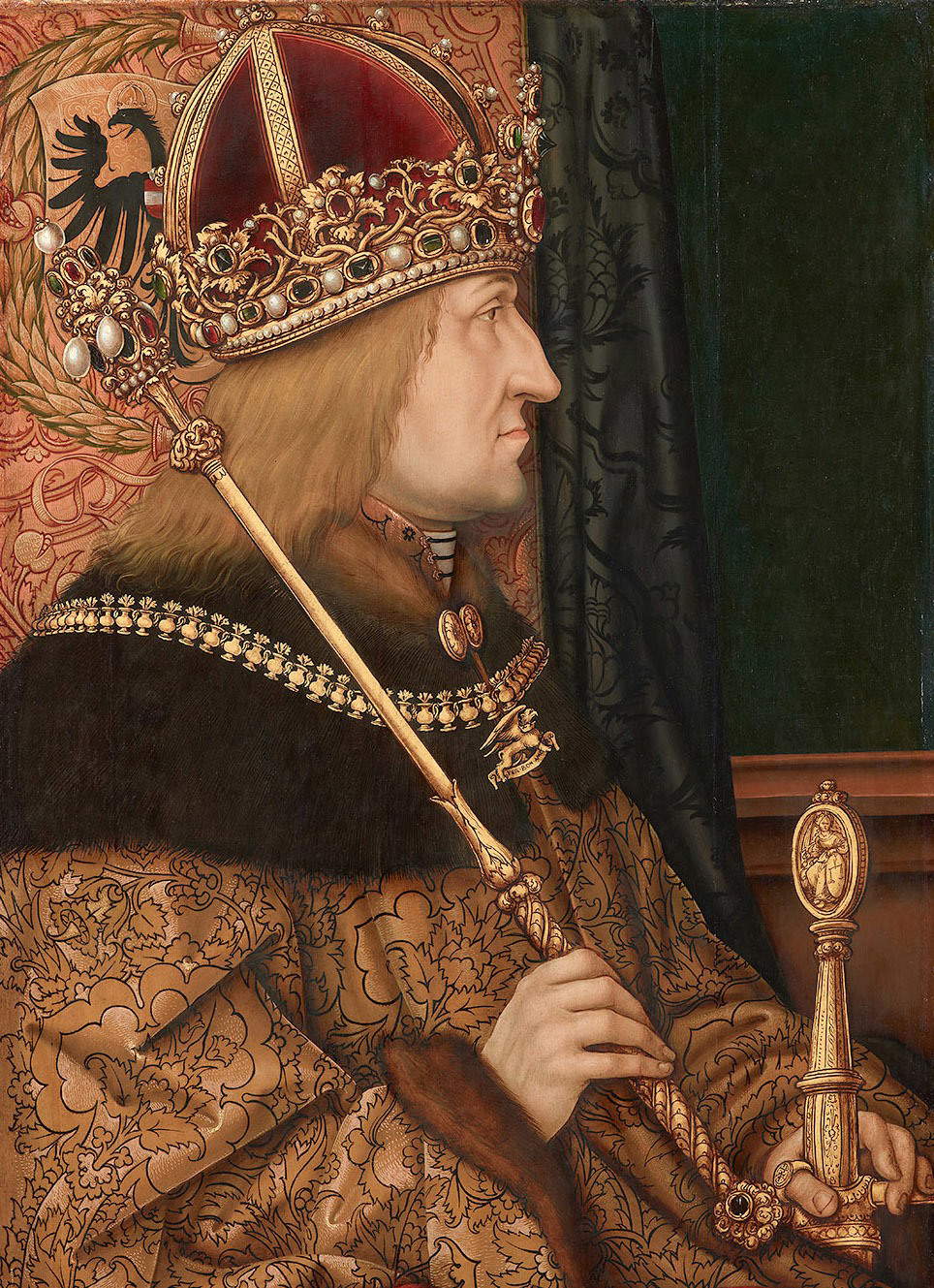
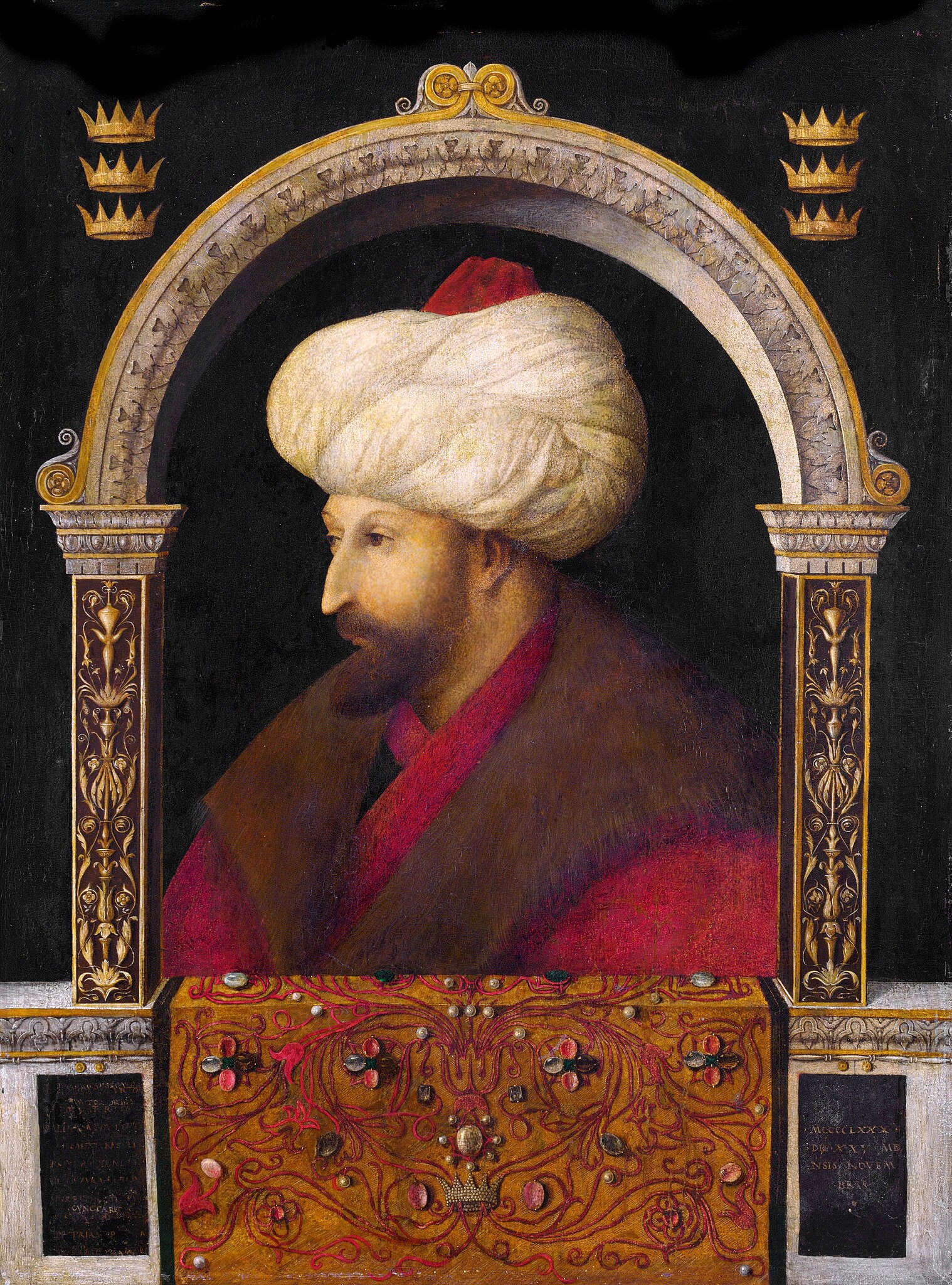
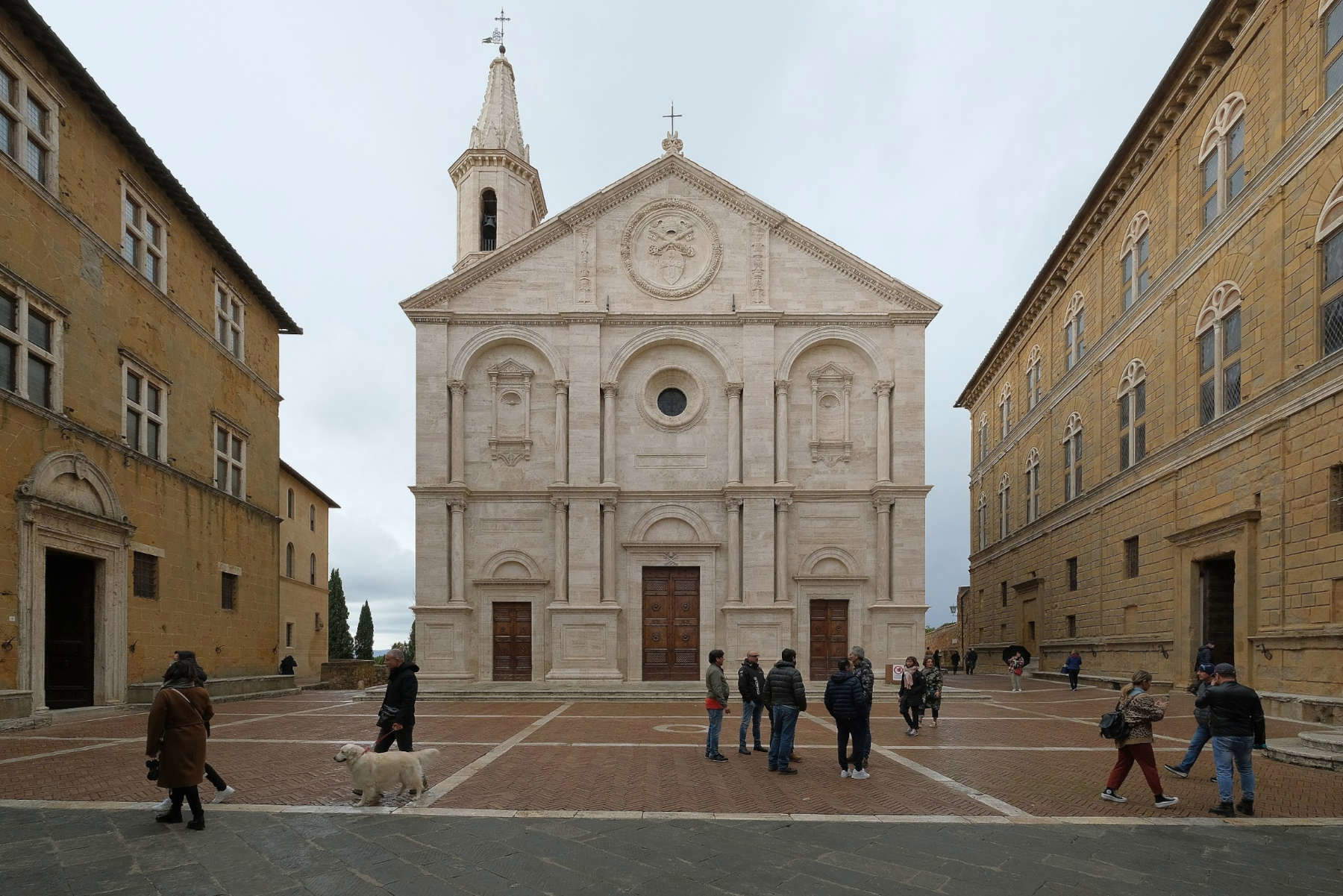
As far as the arts are concerned, as mentioned, we owe the complete renovation, including the naming, of Pienza to Enea Silvio Piccolomini, or rather Pius II. It was probably Leon Battista Alberti, among the greatest architects of the Renaissance, who suggested that the new Renaissance structures be adapted to those already present and that the old road axis, namely the present Corso Rossellino, along which the elegant Renaissance buildings are arranged, be maintained. The novelty was the square, designed to offer the observer two different views depending on the entrance, creating, instead of a single front entrance, two side entrances. The suggested urban transformation, which was then accomplished in just three years, from 1459 to 1462, by Bernardo di Matteo Gambarelli known as Rossellino, followed a predetermined model, that of an ideal Renaissance city, built on the basis of the rules of humanistic culture, such as perspective, taste and elegance. Emblematic in its adherence to the rules of perspective is precisely today’s Pius II Square, trapezoidal in shape, with the pavement divided into large rectangles separated by planks of travertine. On the sides it is enclosed by the travertine façade of the cathedral, which echoes that of the Malatesta Temple in Rimini, and thus Albertian, modeled after the German Hallenkirchen that Pius II had seen in his long travels in northern Europe; the three-aisled interior divided by pillars and chapels features panels made by some of the leading artists of the Renaissance Sienese school, such as Matteo di Giovanni, Sano di Pietro, Giovanni di Paolo, and il Vecchietta, on which the pontiff himself made arrangements: the frames were not to be elaborate, the works were not to be divided into compartments, but the figures were to be concentrated in a single space, and above all they were to be all panels, no frescoes.
On the right of the square is the Piccolomini Palace, in sandstone and travertine, for which Rossellino took as a model Palazzo Rucellai in Florence. Its hanging garden is the first of the Renaissance, and from here there is a marvelous view of the Val d’Orcia and Mount Amiata, thus becoming in the humanistic viewpoint a place of contemplation and meditation. On the left is the Bishop’s Palace, now the Borgia Palace, donated by Pius II to Cardinal Rodrigo Borgia (the future Pope Alexander VI), his closest collaborator. Inside, among the many works housed (the Diocesan Museum is based here), is the precious cope of Pius II, a vestment of English manufacture historiated with episodes from the lives of the Virgin, St. Margaret of Antioch and St. Catherine of Alexandria, and completely embroidered with polychrome silks and gilded silver thread. Opposite the cathedral, on the other hand, is the Praetorian Palace, whose loggia and its tower guide us to the Corso, where sober Renaissance palaces also part of the city’s transformation project meet. A workmanlike renovation and perspective that still represents a unicum, mind-boggling when one considers that it was carried out in the 15th century following the will of a pope.
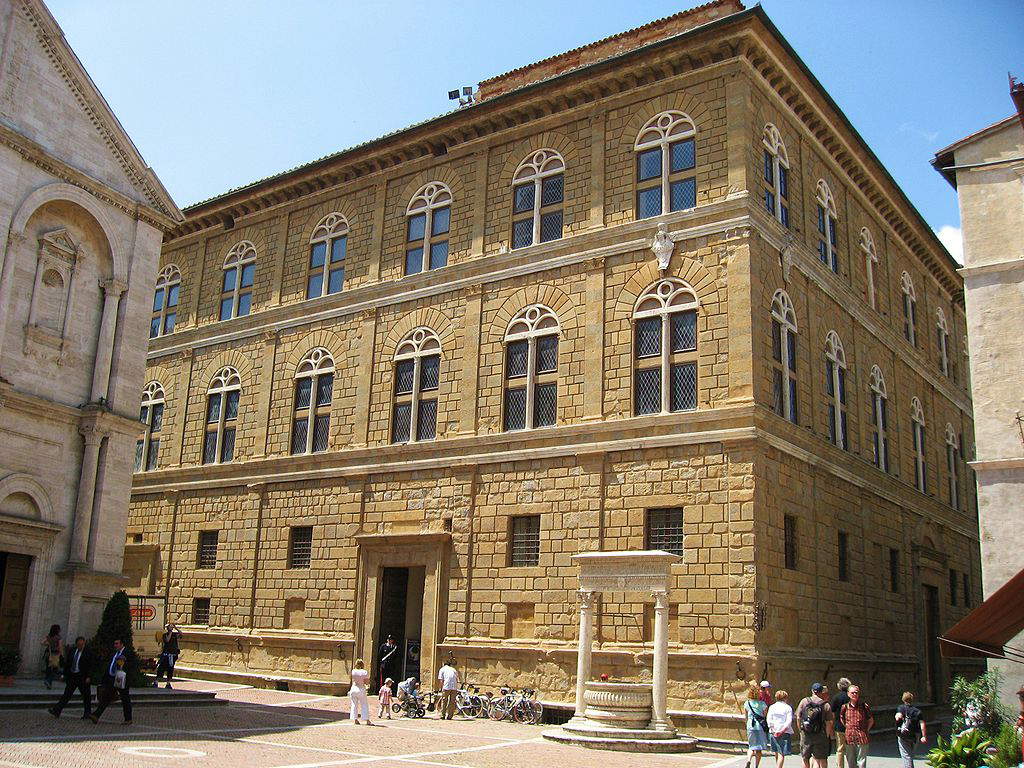
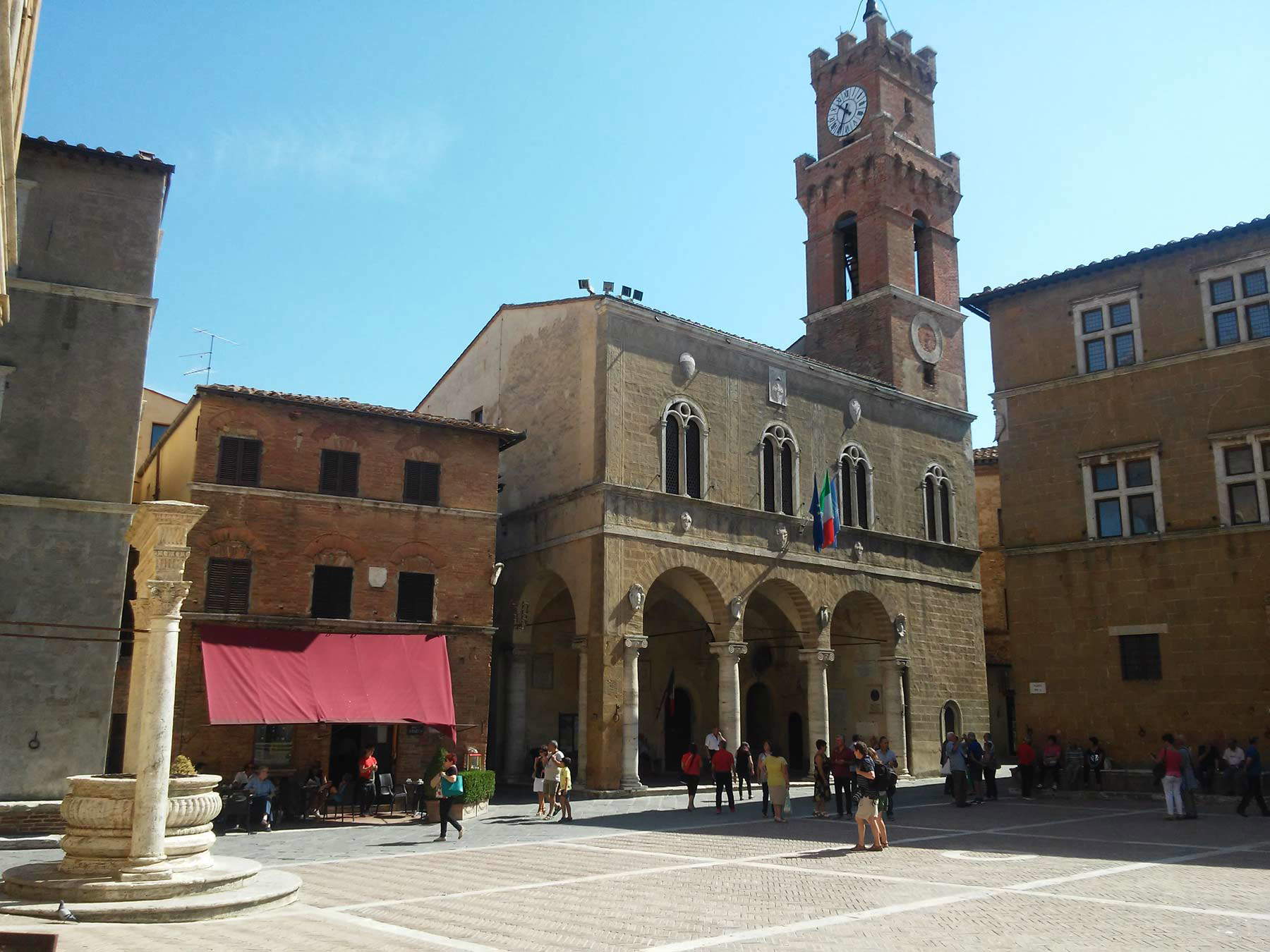
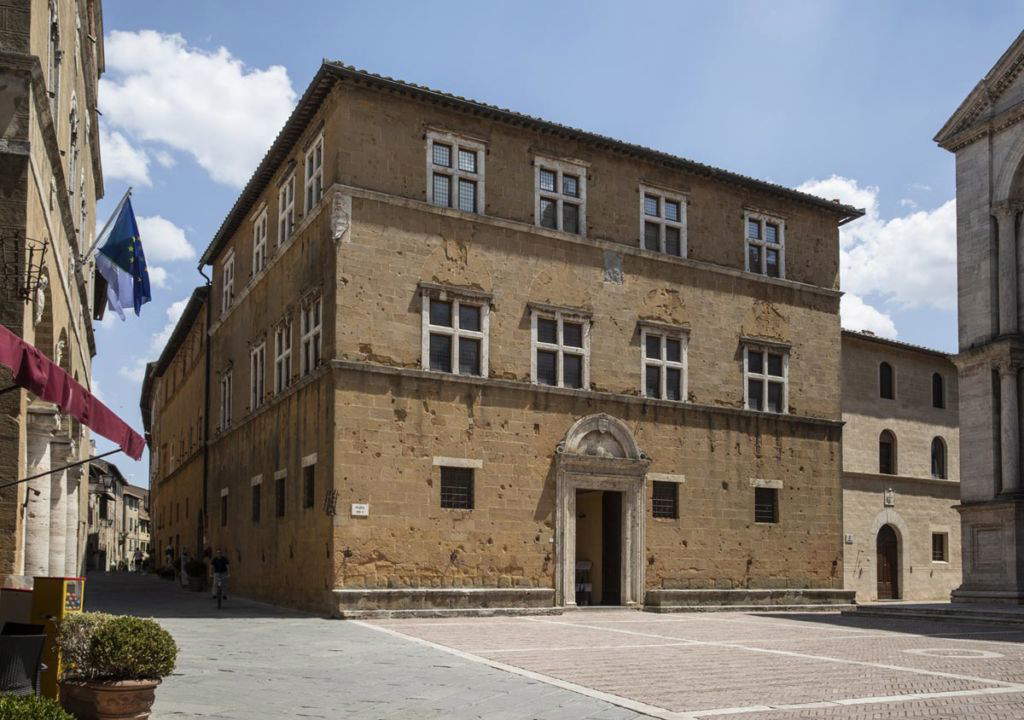
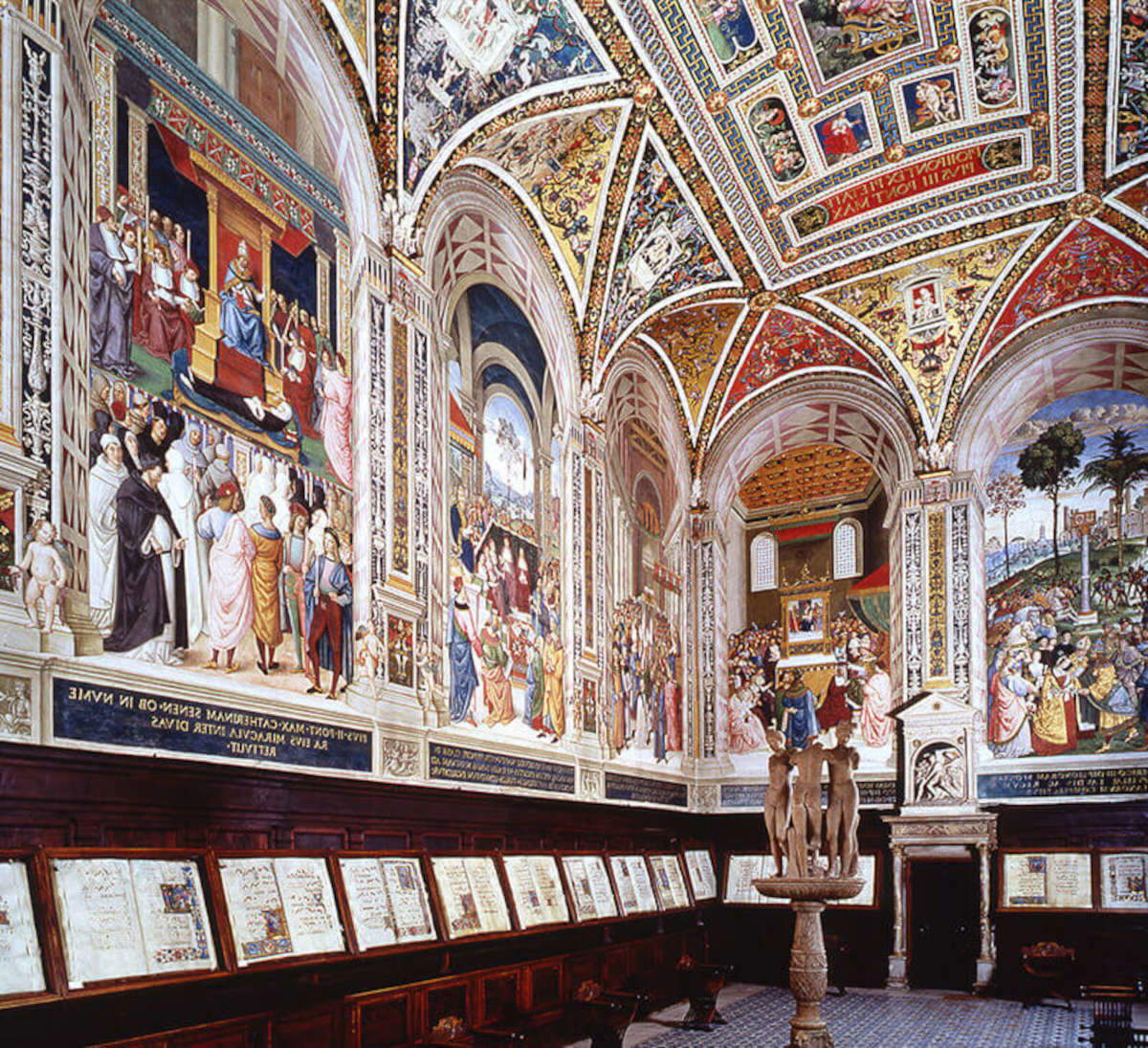
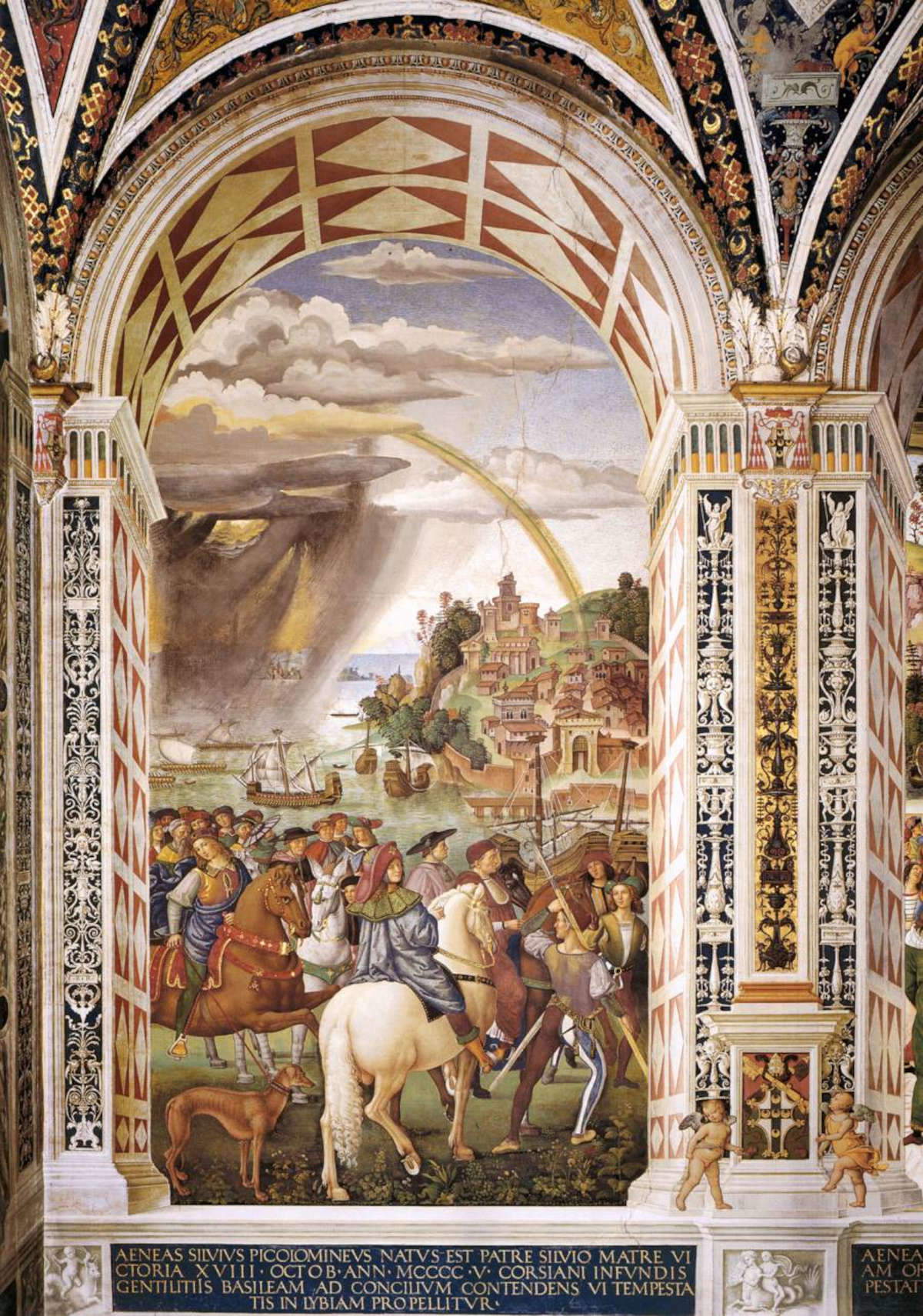
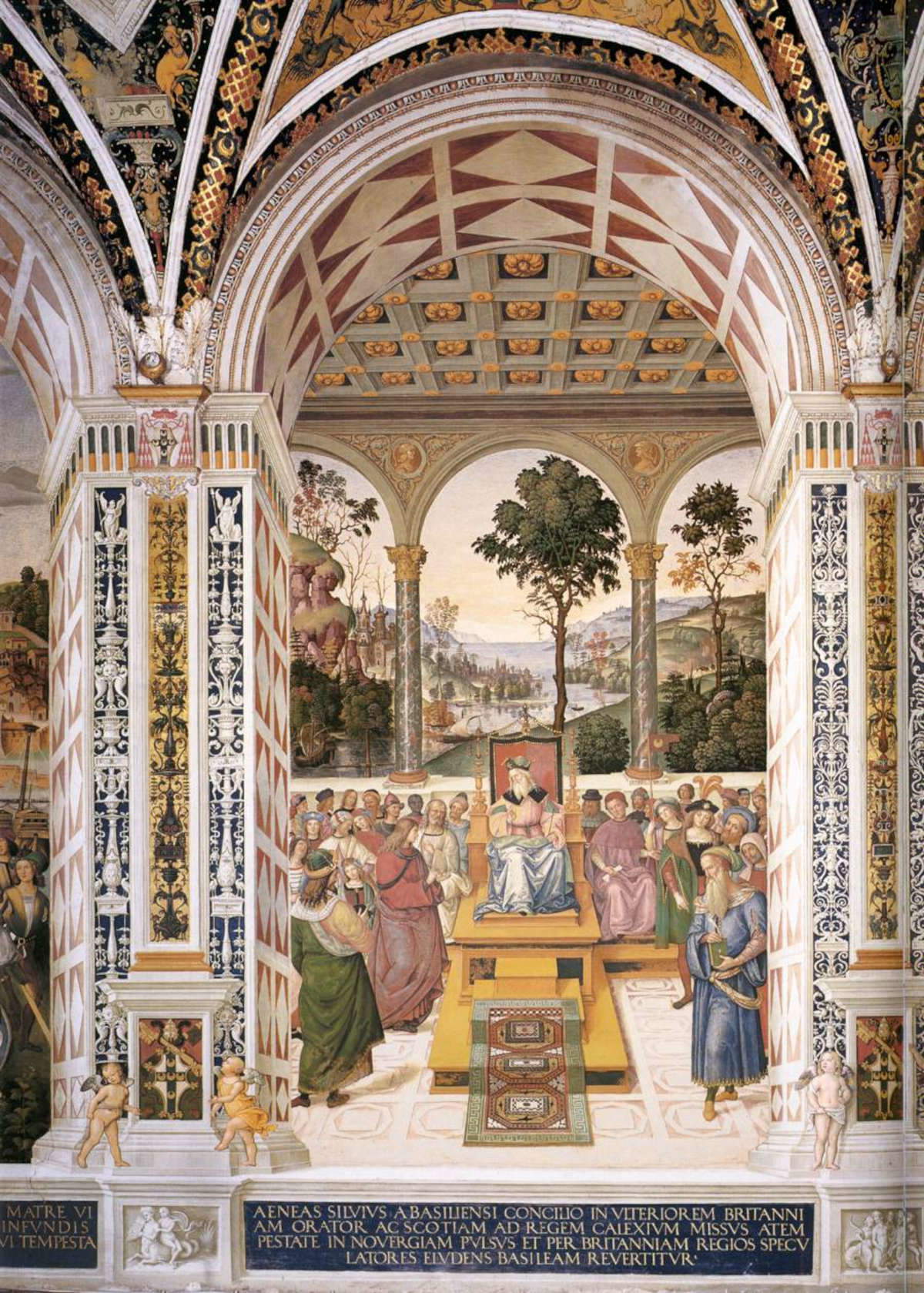
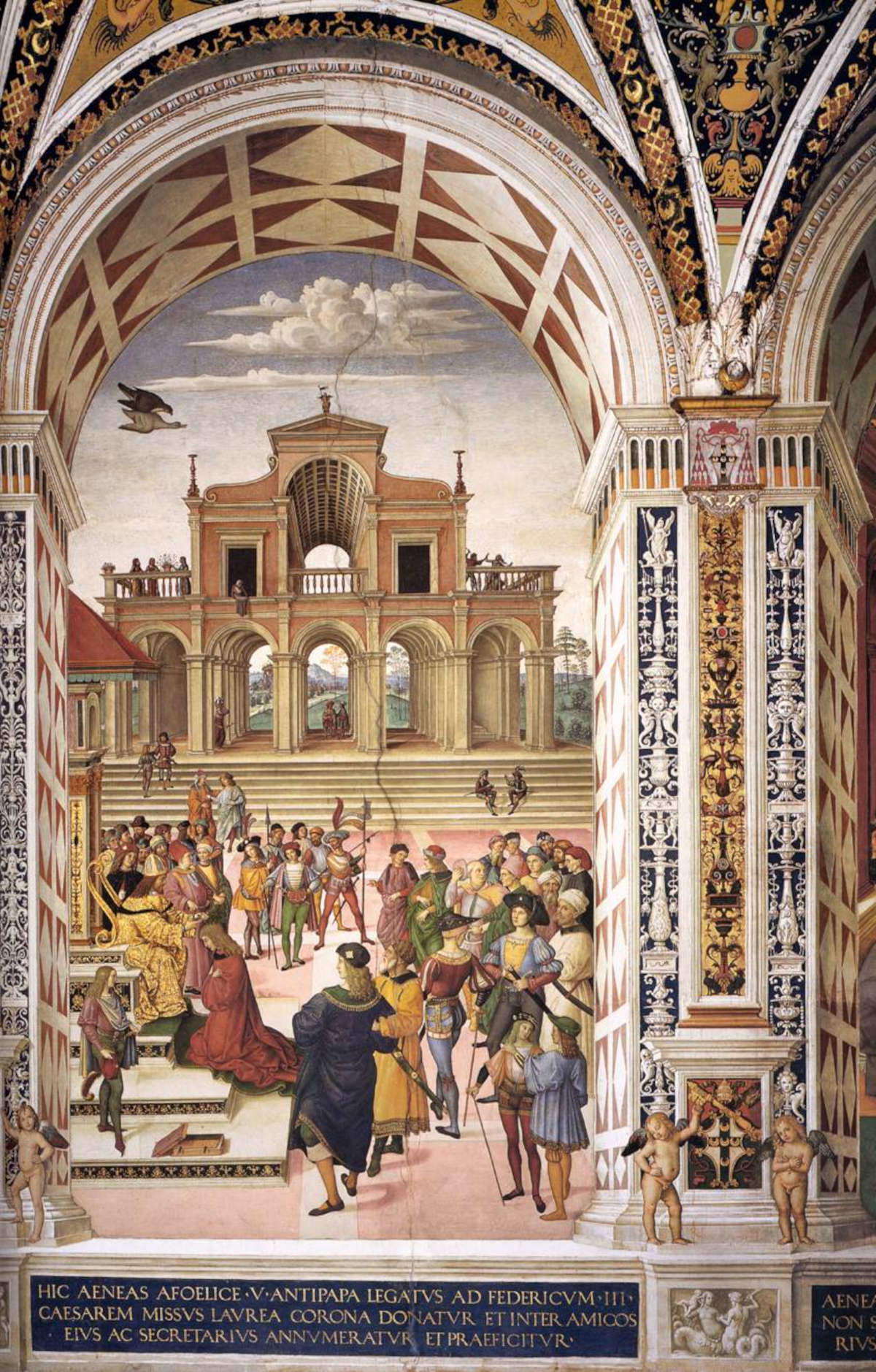
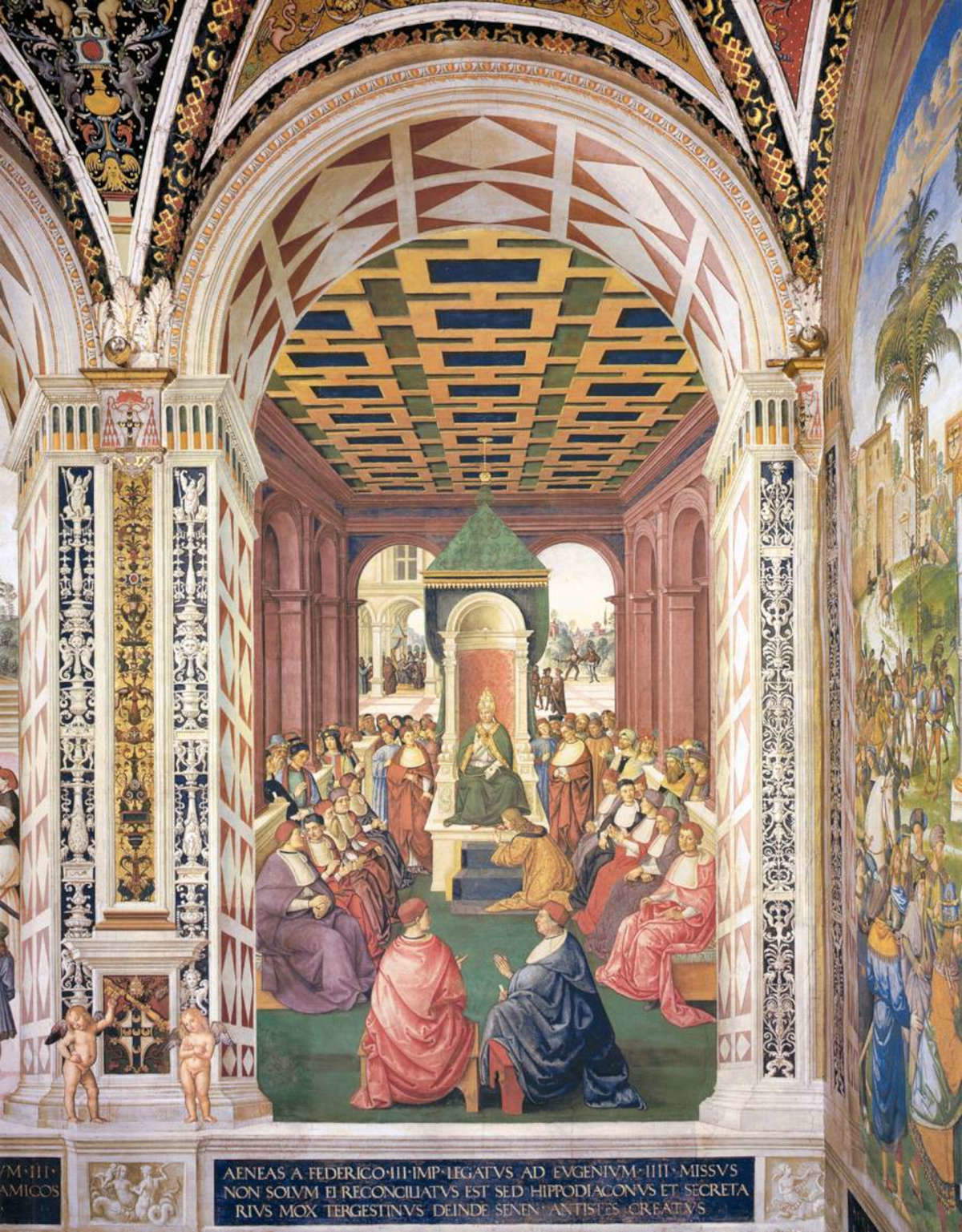
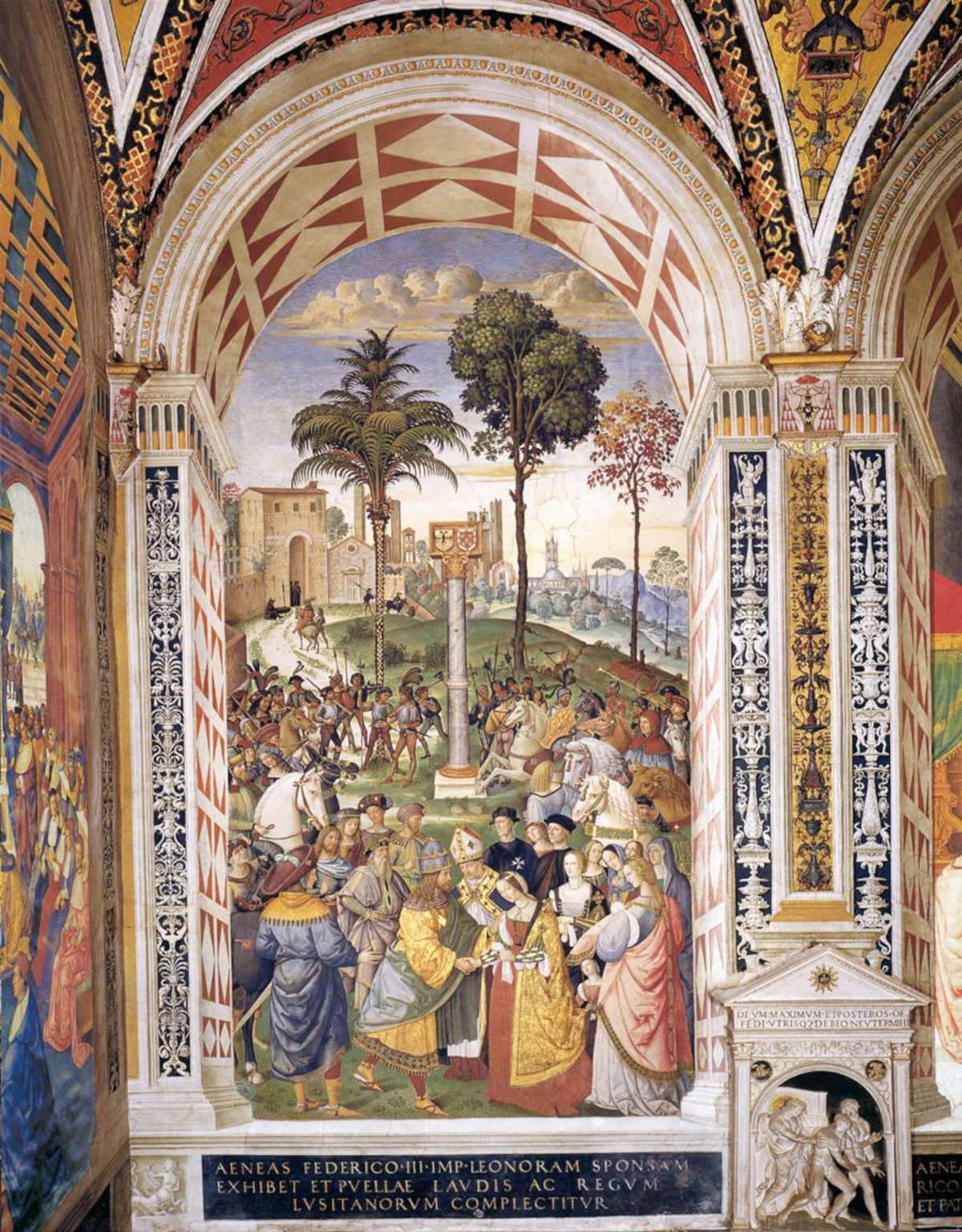
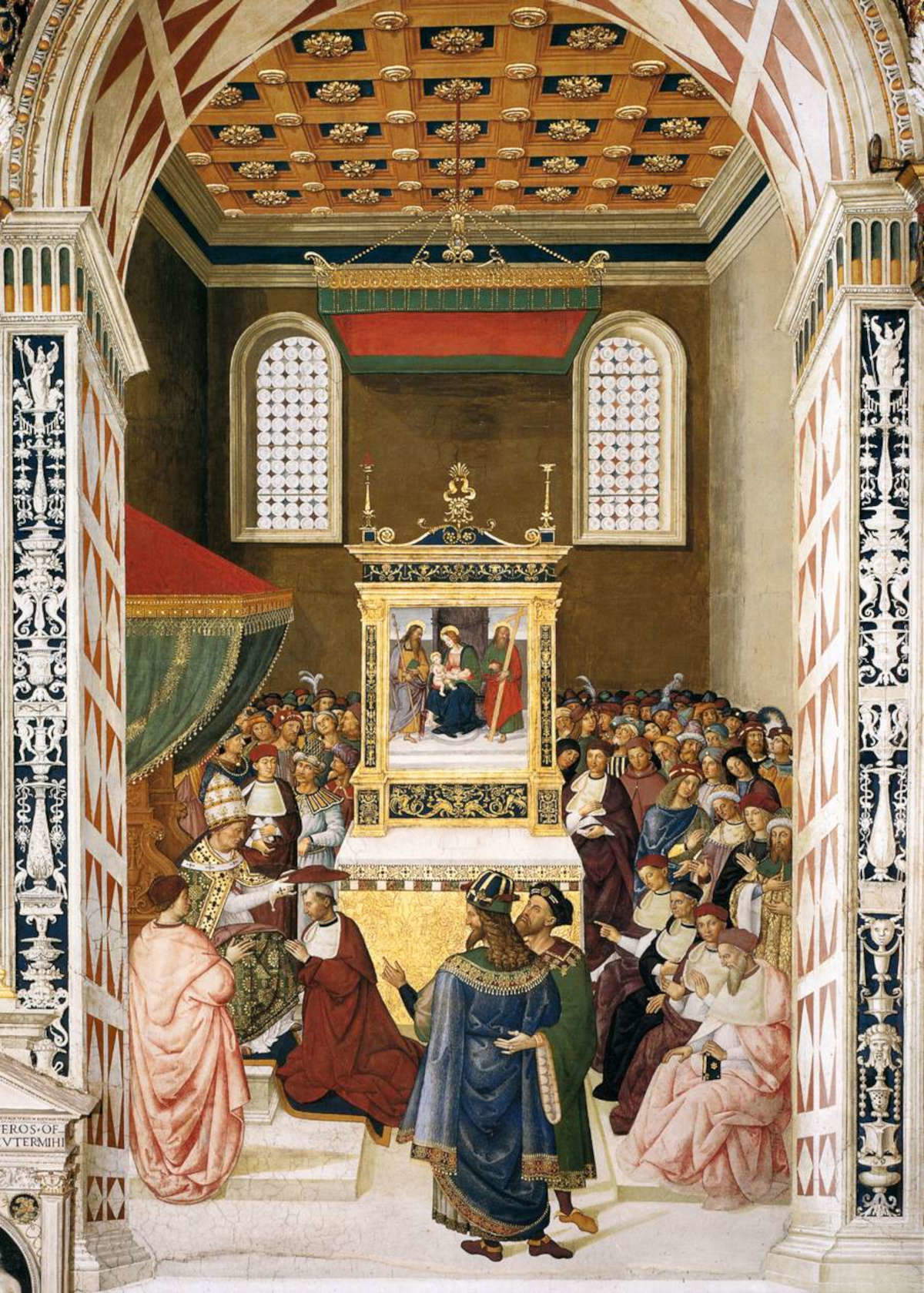
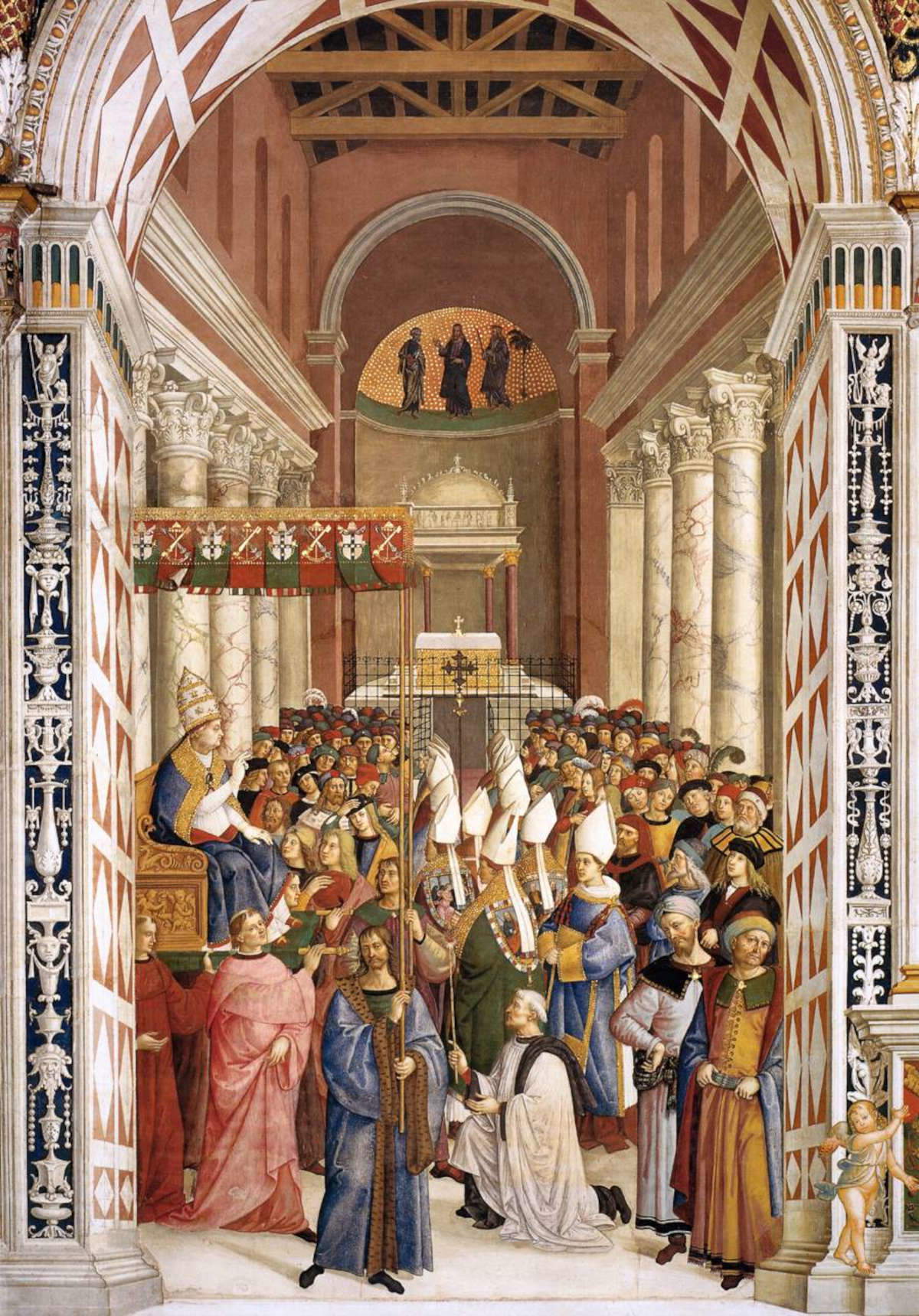
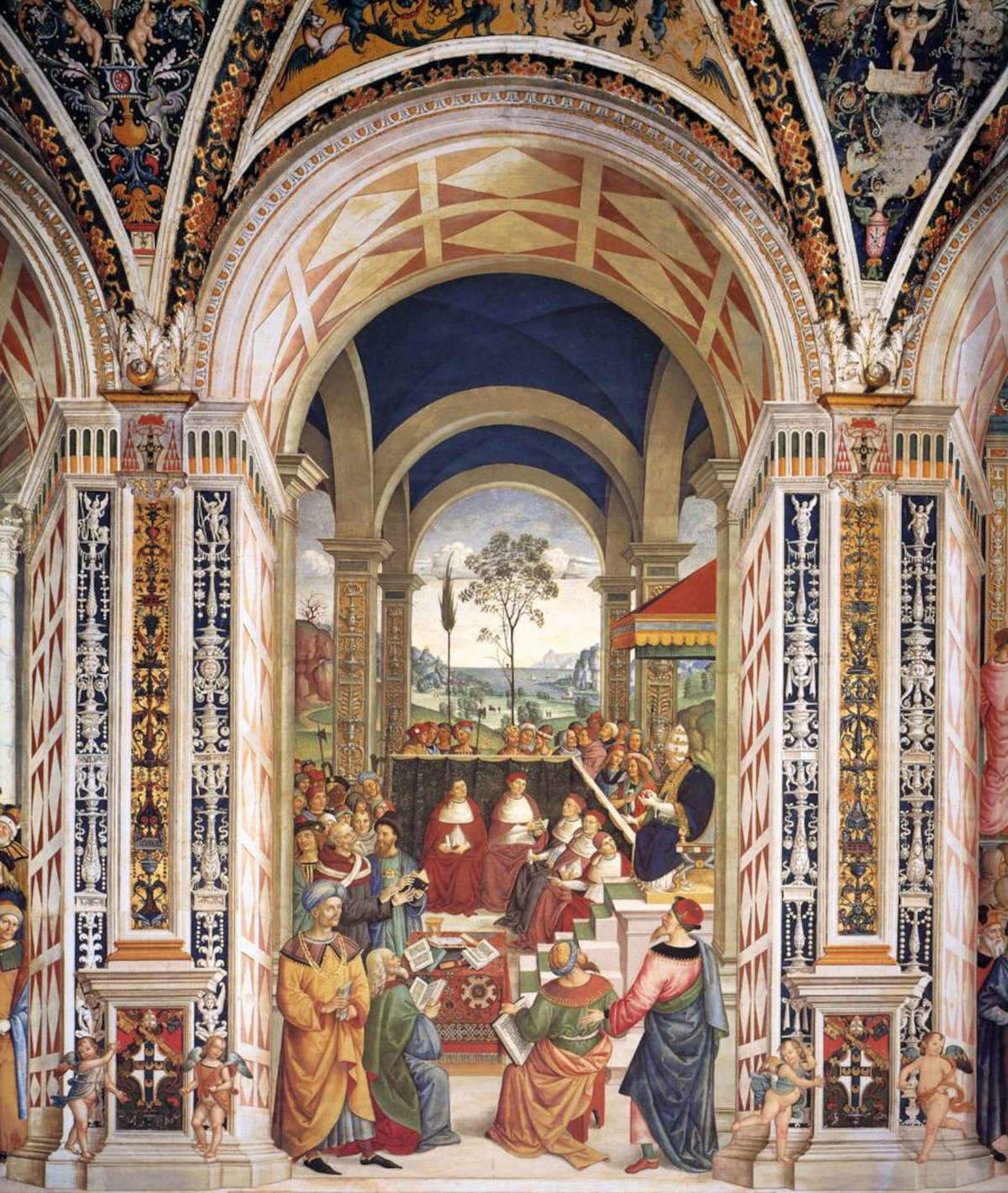
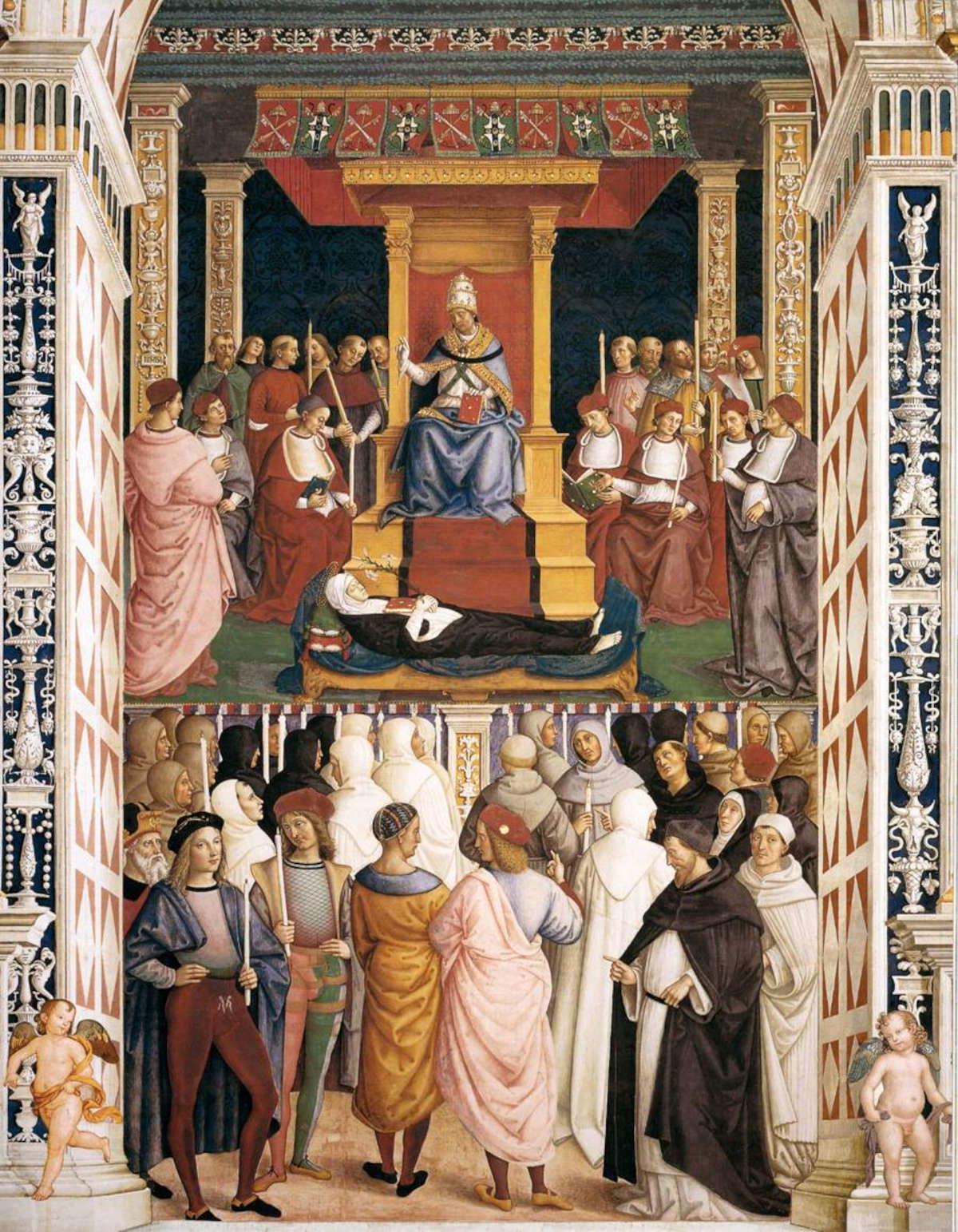
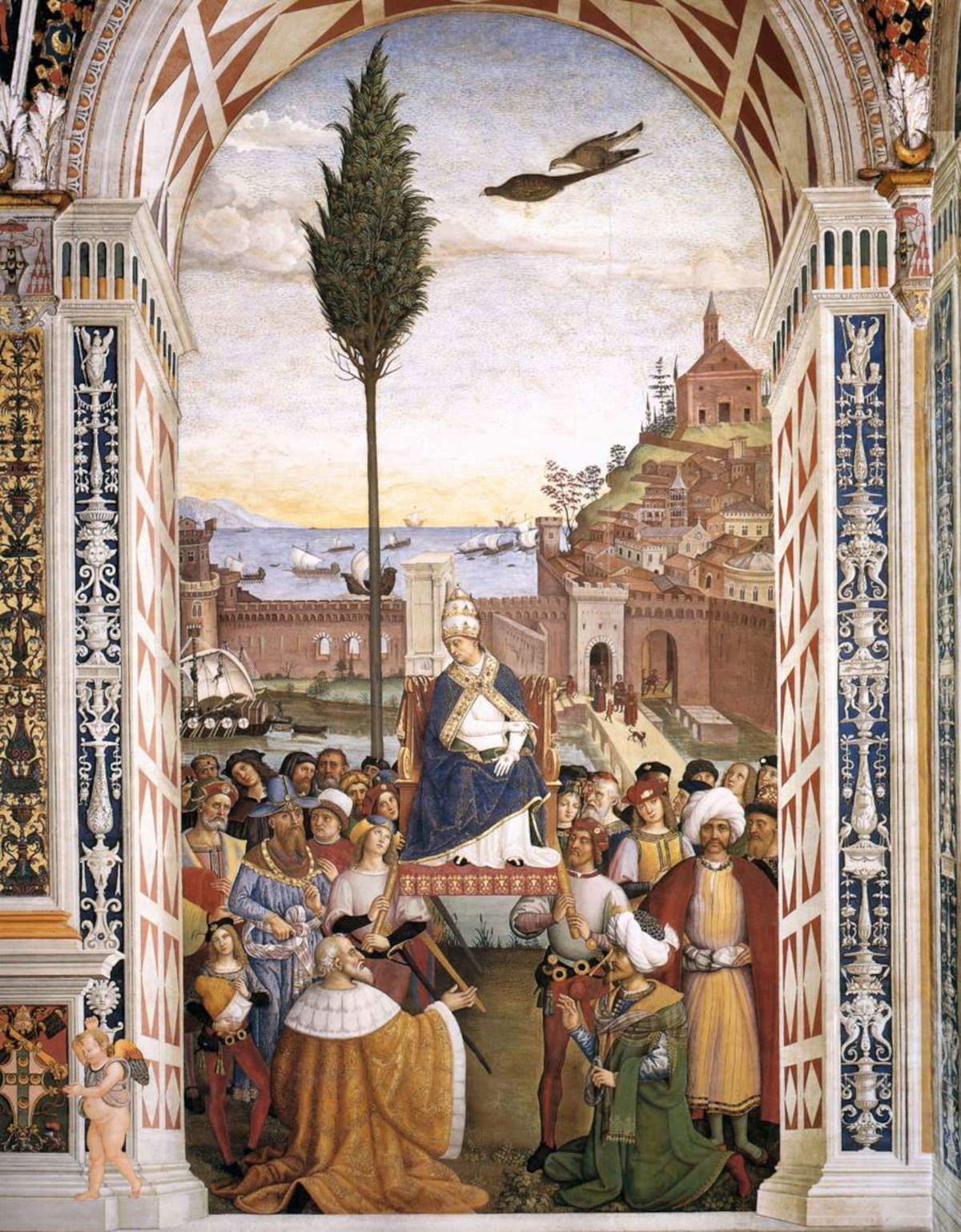
The story of Pius II’s life has been told in images and still constitutes one of the greatest masterpieces in the entire history of art by Bernardino di Betto Betti, known as Pinturicchio, and his workshop (including the young Raphael), who from 1503 to 1508 frescoed ten episodes from the pontiff’s life in the room adjoining Siena Cathedral, which took the name Piccolomini Library. The environment was designed around 1492 by Cardinal Francesco Todeschini Piccolomini, archbishop of Siena and future pope Pius III, to honor the memory of his maternal uncle Enea Silvio Piccolomini and to bring together here the rich library patrimony the latter had collected while in Rome. To this end, Cardinal Todeschini, inspired by the French tradition that often annexed libraries to cathedrals and by the opening of Sixtus IV’s Vatican Library, wanted to build just such a library on the premises of the old rectory of the Sienese cathedral, but in the end the books never left Rome.
Key references for the creation of the individual frescoed scenes were The Life of Pius II written by Giovanni Antonio Campano, who was first secretary to Aeneas Silvius Piccolomini and later to his nephew Francesco Tedeschini, and the Commentarii written by the pontiff himself in twelve books. Four scenes recount young Aeneas Silvius, from his departure for the Council of Basel to his coronation as poet by Frederick III, his reconciliation with Eugene IV and his appointment as bishop; two other scenes depict him in the meeting between Frederick III and Eleanor of Portugal and his subsequent appointment as cardinal; and finally, the last four scenes featuring Aeneas Silvius as pope with his entry into the Vatican, the convocation of the Council of Mantua, the canonization of St. Catherine of Siena, and his arrival in Ancona, where the pontiff died in 1464.
That of Aeneas Silvius Piccolomini is the singular story of a man who never betrayed, throughout his existence, his innate and strong passion for humanistic culture, thus going down in history as one of the greatest patrons of the Italian Renaissance.
Warning: the translation into English of the original Italian article was created using automatic tools. We undertake to review all articles, but we do not guarantee the total absence of inaccuracies in the translation due to the program. You can find the original by clicking on the ITA button. If you find any mistake,please contact us.